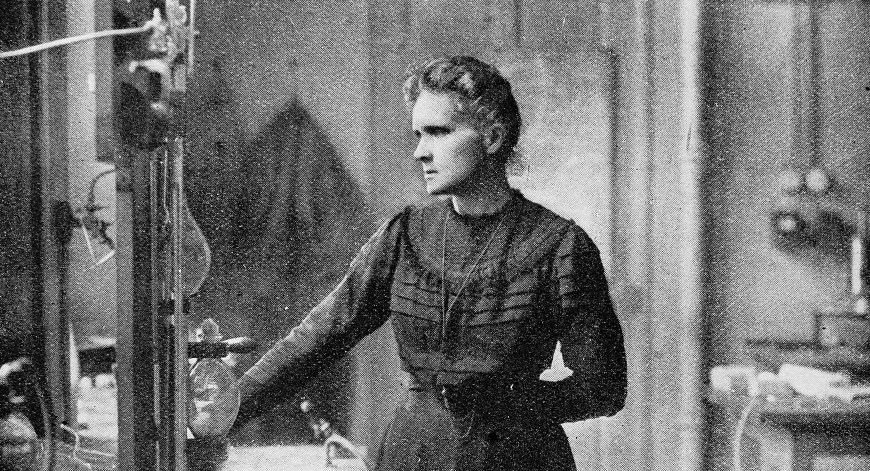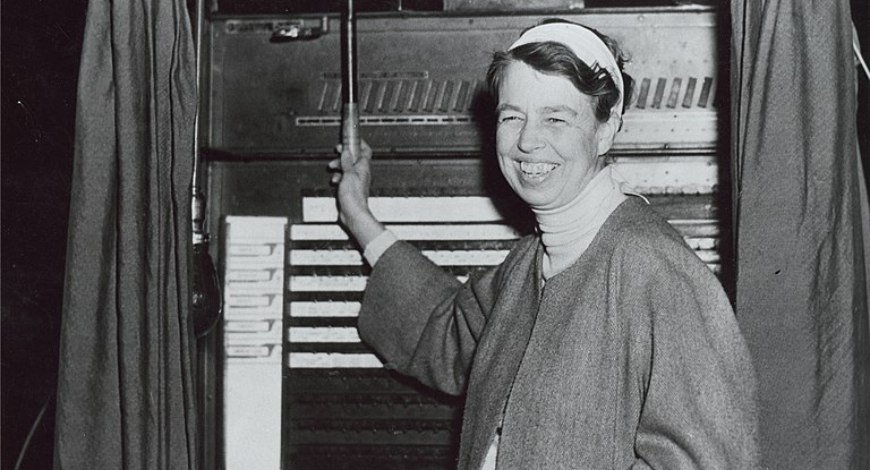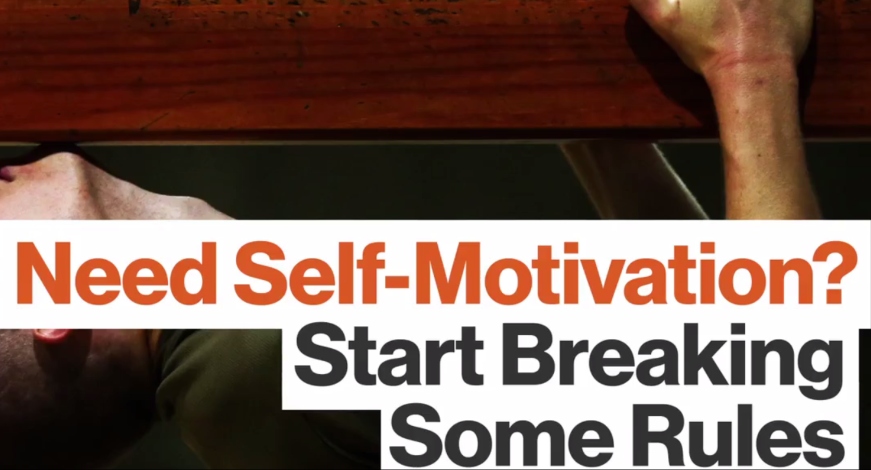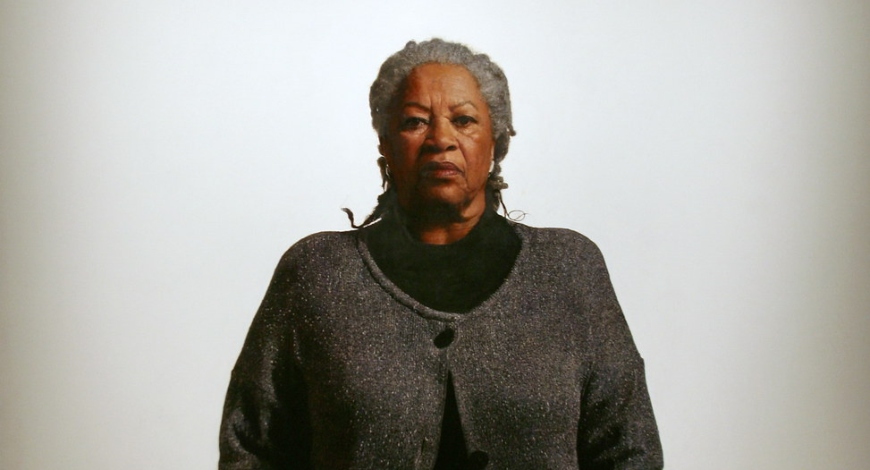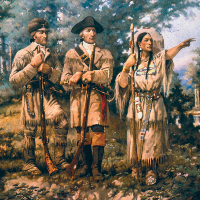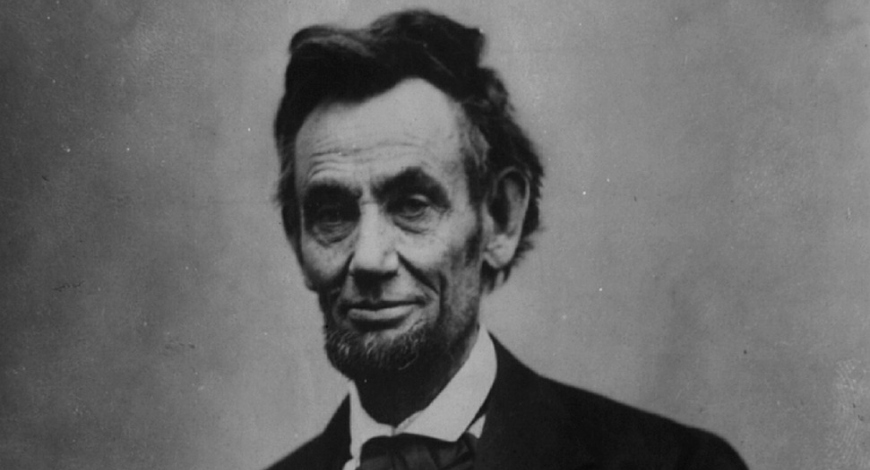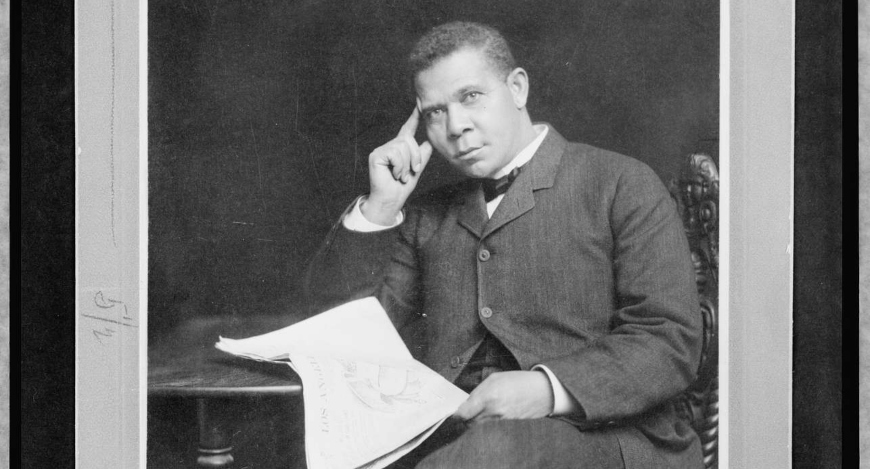Students are always being told to do their best and that there is intrinsic value to putting in a hard day of work, regardless of whether they achieve what they set out to do. Students are also expected to achieve results from their work. After all, there seems to be little value in working so hard if goals aren’t met in the end. All students must balance these conflicting expectations throughout their lives and figure out their own way to define the value of their efforts.
So many of our students feel pressure to be the perfect athlete, student or friend. This feeling is accompanied by a pervasive fear of failure and the possibility that they might let others down. When they fall short of perfection, students have important decisions to make about whether to keep pursuing it or be okay with something less. The decisions they make shape their sense of self-worth and draw the contours of their future relationships.
All students know at some level what it feels like to be humiliated. When this happens, the person who is hurt has a decision to make– he/she can either buy into the criticism and be made to feel small and insignificant or he/she can resist feelings of inferiority and defeat the criticism through positive thinking. It takes tons of energy to build and maintain a strong self-esteem in the midst of criticism and humiliation but it’s energy well spent and leads to the development of a strong character.
When I first came across this video from the online knowledge forum Big Think, I really didn’t know what to expect. Looking at the subtitle “Start Breaking Some Rules” I was a little apprehensive since I’ve always thought encouraging adolescents to break rules …
In teaching a unit on The Great Gatsby by F. Scott Fitzgerald, I want to focus on the theme of self-motivation, as so many of the novel’s characters are motivated by different things, some harder to figure out than others; …
Setting aside the 19th century gender-biased language and applying the wisdom to all students, Thoreau is saying something important about success and positive thinking. If students believe they can succeed, then they are halfway home. The power of positive thinking is undeniable. But failure is also crucial. Students must find a balance here between positive thinking and acceptance of their imperfections. Only then will they learn how to persevere.
Students of every age struggle with moral decisions about how to balance their own individual needs with the needs of others. Either way they decide, there is sacrifice. Focus on the individual and they must sacrifice others. Focus on others and they must sacrifice their own individual needs. Clear answers are hard to come by. What’s important is that students make a commitment to reflect deeply on ethical decisions before they make them and take responsibility for the decisions they make.
When teaching students about the Lewis and Clark Expedition and the impact these explorers had on the future of Westward Expansion, I see a great opportunity to frame the expedition as a story of hard work and perseverance. Though they …
In my social studies curriculum, we examine how the culture of a population changes over time due to outside influences. The best example of this is The United States, often described as a “melting pot.” I first pose the following …
In a unit on Puritans and Colonial America, in which students learn that the Puritans fled from England to pursue religious freedom, I would use the Cheyenne proverb, “Our first teacher is our own heart.” I would introduce this conversation …
Students approach decision-making in very different ways. Some are very impulsive and see decision-making as something to rush into and are very comfortable making changes on the fly. Others take a cautious approach and carefully consider all options before deciding on a course of action. Each situation demands its own customized strategy and students must reason through the options to select the right one.
Happiness is something all students want. The challenge is always how to get it. Students often get mixed messages here; on the one hand, they are told to focus on themselves and figure out a path towards happiness that benefits them directly. On the other hand, they are told that happiness can only be achieved by helping others. The choices they make in the quest for happiness shape their characters in profound ways.



